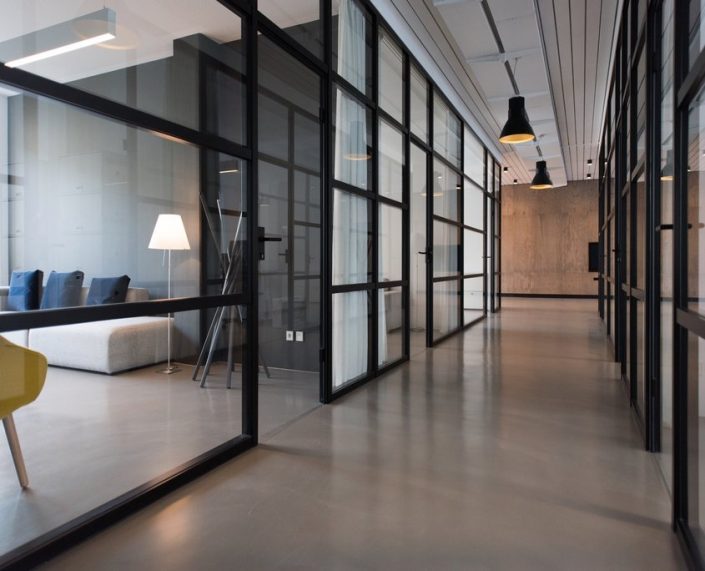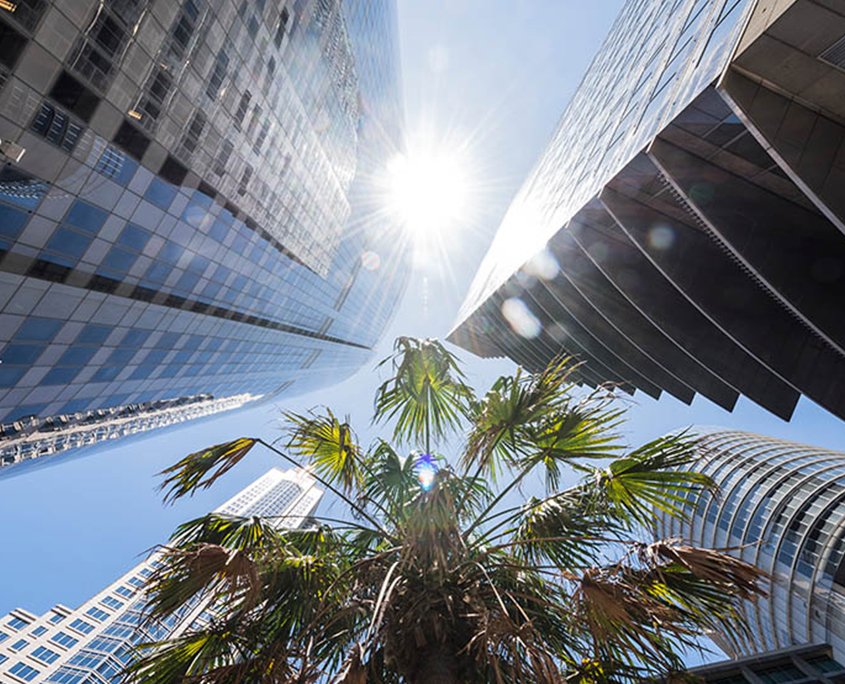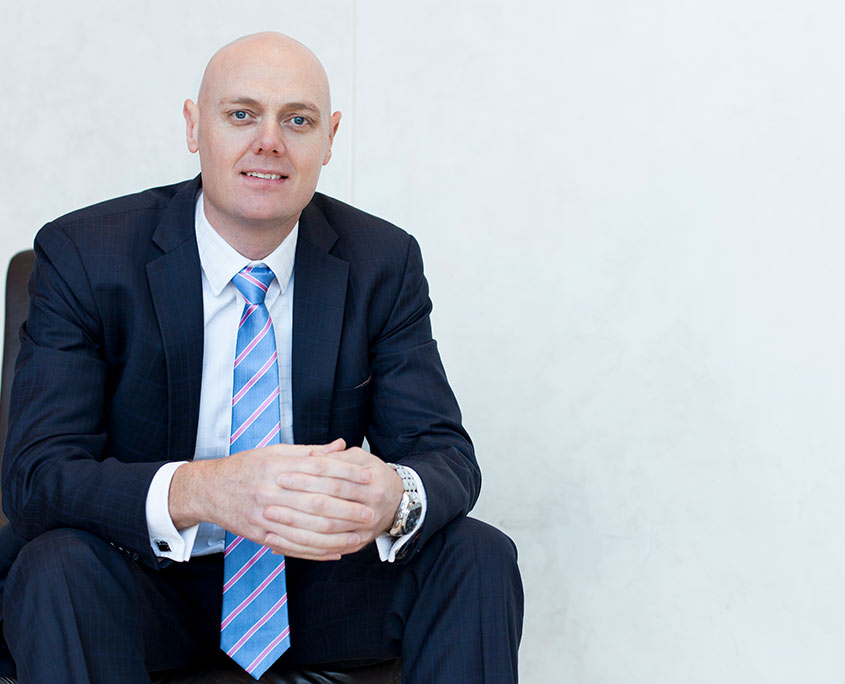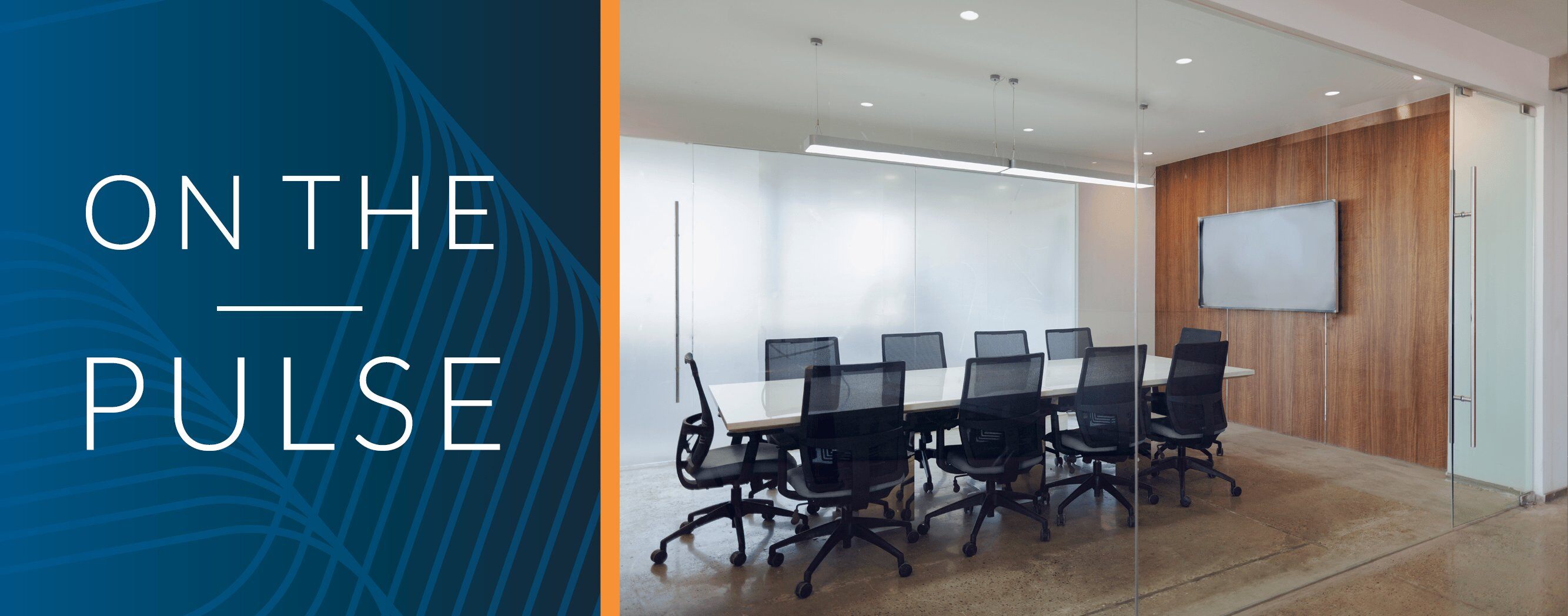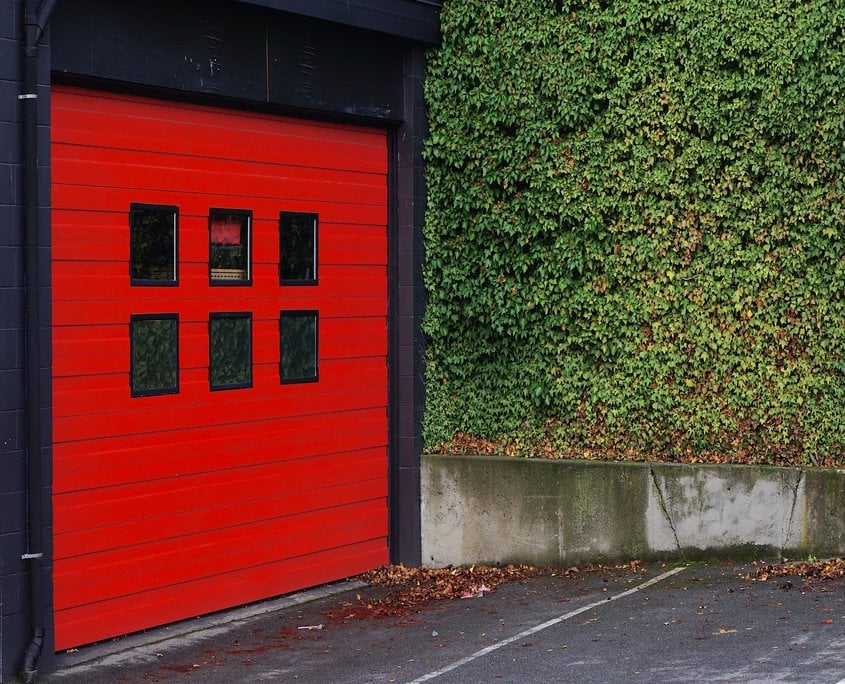Counter-cyclical opportunities on offer out West: The Australian Property Institute-Opteon Office Market Outlook
Blog

While Sydney and Melbourne office landlords appear the obvious winners, investors may benefit from counter-cyclical opportunities in the Perth market, The Australian Property Institute-Opteon Office Market Outlook has found.
The report, looking at the second half of 2018, suggests Sydney and Melbourne will enjoy further rental growth, and broadly stable market conditions elsewhere, with interest rate levels expected to remain on hold until at least 2019.
Ana Marinkovic, Chief Operating Officer of Opteon, said the rental growth through Sydney and Melbourne would be largely driven by short stock supply.
“Short supply in Melbourne and Sydney will see rental growth benefits for landlords.
In Melbourne, effective rents could rise by as much as 12% and that is significant growth, across prime grade assets, while Sydney’s average net face rents are forecast to grow about 7% across all grades in 2018.”
Marinkovic said Sydney CBD’s prime and secondary net effective rents had already grown by 3.1% to 3.6% respectively, whilst Melbourne’s net effective rents had grown by 2.4% for prime and 3.3% for secondary.
Ms Marinkovic said the picture wasn’t quite as rosy in Perth and Brisbane, but there was some opportunity there.
“The mining states of WA and QLD are down – Perth and Brisbane’s office markets have seen a retraction after the mining boom, and now the market is essentially oversupplied, meaning rents have fallen substantially.”
“Despite that, office investments remain very attractive, given the low vacancy rates on average, driven by more demand than expected, but also there is the interesting trend where there is the withdrawal of stock for residential development purposes.”
“Another quite interesting factor nationally is the growth in demand for co-working spaces – in Melbourne for example, co-working groups took up over 10% of the vacant space leased in the second half of 2017.”
Little change to yields expected in the second half of the year
“Yield compression appears to have slowed and the prospect of rising interest rates has created some buyer caution from yield driven funds,” Marinkovic said.
Marinkovic said there is unlikely to be stark examples of winners and losers across the broader market.
“Time will tell if the winners are those investors who divested assets at the low investment yields which now prevail across the country. The combination of a softening in overseas investment sentiment and rising interest rates can be anticipated to result in rising yields and this will be adverse to values.”
Perth: the counter-cyclical opportunity
Marinkovic said the Perth market in particular would continue to present counter-cyclical opportunities for investors.
“This is despite the high vacancy and high tenant incentives required adversely impacting net rent.
“With a vacancy above 20% this will remain for some time, yet buyers are taking advantage of property being available at value levels that are unlikely to be repeated”.
In markets with high vacancy and high incentives, it is not feasible to undertake new development.
“This scenario of reduced or zero new supply going forward through new construction is the opportunity for future growth that counter cyclical buyers are taking advantage of.
Whilst not of benefit to investors, soft market cycles do provide opportunities for tenants to lease superior quality space at the same or better rentals than lower grade space.”
Incentives & rental rates: also largely stabilising
Perth rentals have already declined considerably, as demonstrated by Perth having the highest rate of incentives in the country.
“It is anticipated that rentals will remain stable at these low levels in the short-term.”
As rental rates have fallen, there has been a narrowing rental spread between Perth CBD and suburban markets which has resulted in suburban tenants absorbing space in the CBD to take advantage of this increased affordability.
Incentives appear to have stabilised, sitting broadly in the range of 40% to 50% net, with landlords still deploying these to attract tenants to the CBD.
“However, elsewhere in WA and Queensland’s office landlords will continue to offer high incentives to attract tenants into the vacant CBD lots and close-to-CBD lots.”
Brisbane rents are expected to remain stable in the short-term, with prime rental growth tipped for the medium-term, as vacancy levels move back towards the long-term average with a flight to quality absorbing prime space.
Lower grade space is expected to become even more challenging, however, and negative rental growth is a likely prospect with softening face rentals and increased incentives.
While prime gross face rents have improved, incentives remain elevated at around 38% gross.
Net face rent growth in Adelaide’s prime market has stalled, and incentives have lifted slightly to within a range 30% to 40% of gross face rents.
Counter-cyclical transactions elsewhere in Australia’s softer markets will continue to be influenced by offshore investors, and Marinkovic expects overseas purchasers to continue to show interest in Australia, across both residential and commercial property markets.
“There is always the possibility of greater Australian Government intervention, especially around new taxes targeting overseas investors. That would obviously create a disincentive for some markets, but this is rather difficult to predict.”
“Otherwise, stable interest rates make for a stable market – hence, we believe things will likely remain steady for the rest of 2018.”
